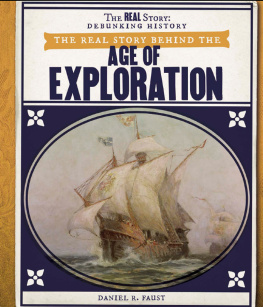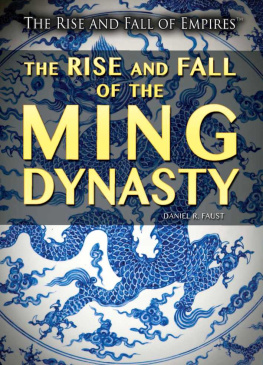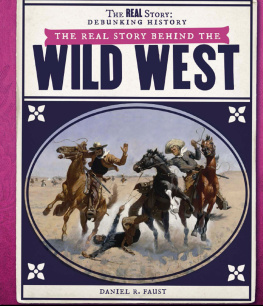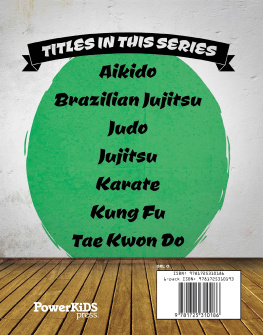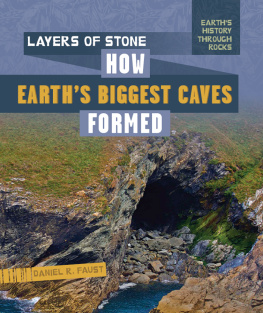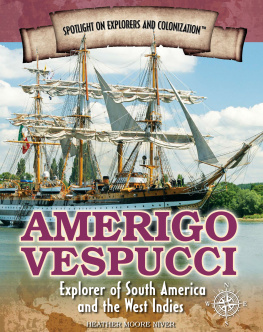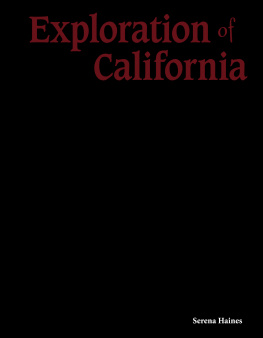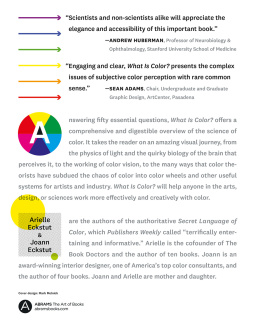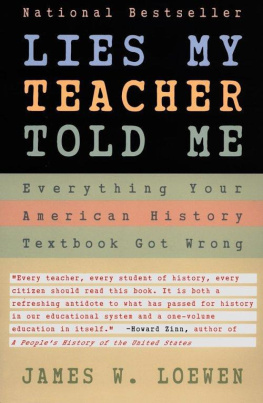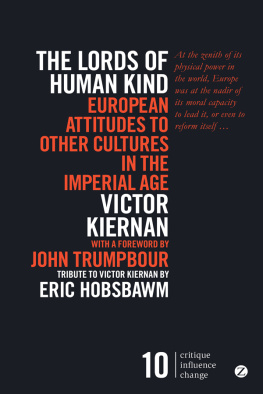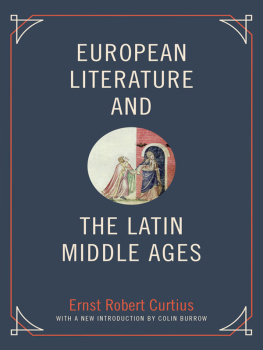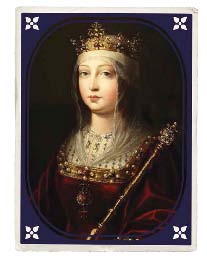Contents
Published in 2020 by The Rosen Publishing Group, Inc.
29 East 21st Street, New York, NY 10010
Copyright 2020 by The Rosen Publishing Group, Inc.
All rights reserved. No part of this book may be reproduced in any form without permission in writing from the publisher, except by a reviewer.
First Edition
Editor: Jill Keppeler
Book Design: Reann Nye
Photo Credits: Cover SuperStock/Getty Images; pp. 5, 9, 11 (bottom) Everett Historical/Shutterstock.com; p. 6 https://commons.wikimedia.org/wiki/File:Portrait_of_a_Man,_Said_to_be_Christopher_Columbus.jpg; pp. 7, 29 (top) DEA PICTURE LIBRARY/ De Agostini/Getty Images; p. 8 https://commons.wikimedia.org/wiki/File:Irving-Washington-LOC.jpg; p. 11 (Isabel I) https://commons.wikimedia.org/wiki/File:Isabel_I_of_Castile.jpg; p. 11 (Ferdinand II) https://commons.wikimedia.org/wiki/File:Michel_Sittow_004.jpg; p. 12 Ivan Marc/Shutterstock.com; p. 13 (top) Heritage Images/ Hulton Fine Art Collection/Getty Images; p. 13 (bottom) Ricardo Bacchini/Shutterstock.com; p. 15 Bernhard Richter/Shutterstock.com; p. 16 Esteban De Armas/Shutterstock.com; p. 17 (top) Science & Society Picture Library/SSPL/Getty Images; p. 17 (bottom) VW Pics/ Universal Images Group/Getty Images; p. 19 Historical Picture Archive/ Corbis Historical/Getty Images; p. 21 (top) WitR/Shutterstock.com; p. 21 (bottom) https://en.wikipedia.org/wiki/File:Hern%C3%A1n_Cort%C3%A9s_(Museo_del_Prado).jpg; p. 22 Stock Montage/ Archive Photos/Getty Images; pp. 23, 25 Bettmann/Getty Images; p. 27 (bottom) Pavel Svoboda Photography/Shutterstock.com; p. 27 (top) https://commons.wikimedia.org/wiki/File:1635_Blaeu_Map_Guiana,_Venezuela,_and_El_Dorado_-_Geographicus_-_Guiana-blaeu-1635.jpg; p. 29 (bottom) https://commons.wikimedia.org/wiki/File:Fur_traders_in_canada_1777.jpg.
Cataloging-in-Publication Data
Names: Faust, Daniel R.
Title: The real story behind the age of exploration / Daniel R. Faust.
Description: New York : PowerKids Press, 2020. | Series: The real story: debunking history | Includes glossary and index.
Identifiers: ISBN 9781538344606 (pbk.) | ISBN 9781538343425 (library bound) | ISBN 9781538344613 (6 pack)
Subjects: LCSH: Discoveries in geography--Juvenile literature. | Explorers--Juvenile literature.
Classification: LCC G175.F38 2020 | DDC 910.9--dc23
Manufactured in the United States of America
CPSIA Compliance Information: Batch #CSPK19. For Further Information contact Rosen Publishing,New York, New York at 1-800-237-9932
SETTING SAIL
People are curious by nature. Throughout history, people have wanted to know what was around the next corner or over the next mountain. Our natural curiosity has led humanity to explore many parts of our planet and beyond.
A period of time starting in the 15th century and lasting more than 100 years is sometimes called the Age of Exploration or the Age of Discovery. During this time, explorers from several European countries took advantage of the scientific discoveries of the Renaissance and set sail to see what was over the horizon.
Were taught that the goal of the Age of Exploration was to discover new lands and find new trade routes. Much of what we know about the Age of Exploration is told from the perspective of the Europeans. Thats only part of the story.

Our natural curiosity has led us to explore much of our planet, from the highest mountains to the deepest seas. Its even led us to outer space, the moon, and perhaps, one day, Mars.
FLAT OR ROUND?
You may have heard stories about people from the 15th and 16th centuries believing Earth was flat. Some people say that Christopher Columbus set sail to prove Earth was round or that he had to convince the crews of his ships that they wouldnt sail off the edge of the world if they traveled too far west. This makes for an exciting story, but is it true?
Many ancient civilizations, from Greece to China, believed Earth was flat. Some showed Earth as a disk, or a flat, circular shape, surrounded by a large body of water. By the time Columbus set sail in 1492, however, people had known Earth was round for hundreds of years. So how did these stories get started?
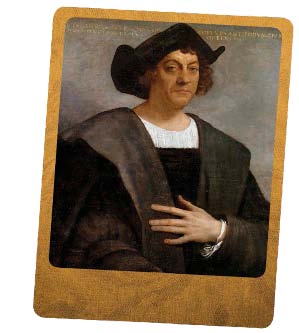
CHRISTOPHER COLUMBUS
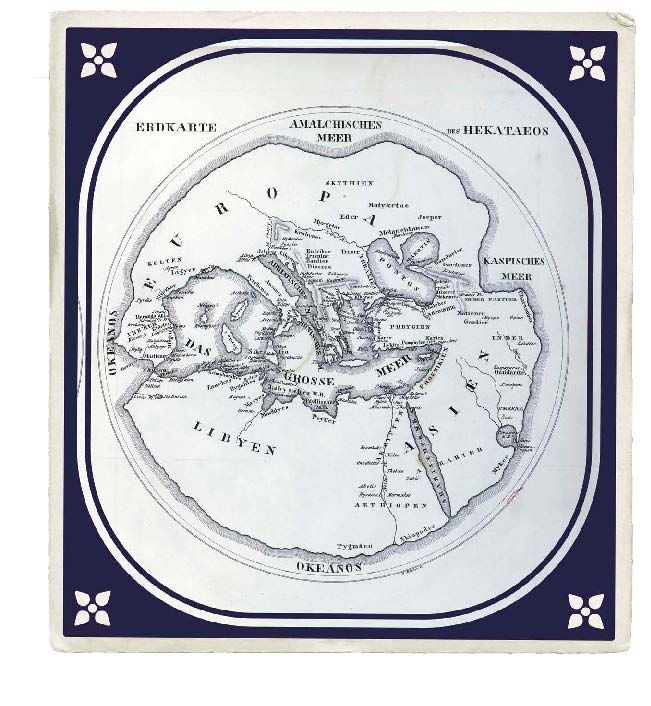
Ancient maps, such as those created by the Greek historian and geographer Hecataeus, often showed the world as a disk where the known lands floated on a large, circular ocean. This map is based on his work.
The ancient Greeks figured out Earth is round thousands of years ago. About 350 BC, Aristotle wrote On the Heavens, in which he recorded his astronomical theories, including that Earth is a large sphere. Not long after, Eratosthenes, a Greek scientist and astronomer, estimated the circumference of Earth by comparing the angle of the suns rays at the same time in two different cities. The people of Columbuss time accepted a spherical Earth as fact.
A story that Columbus planned to prove Earth was round may have first appeared in the early 1800s. In 1828, American writer Washington Irving wrote The Life andVoyages of Christopher Columbus, a mostly fictional tale of Columbuss life. Irving falsely claimed Columbuss voyages helped prove Earth wasnt flat.
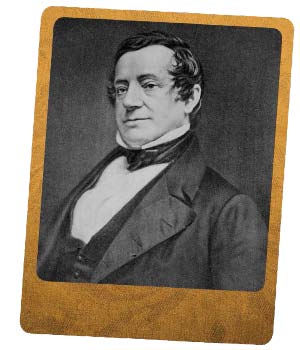
WASHINGTON IRVING
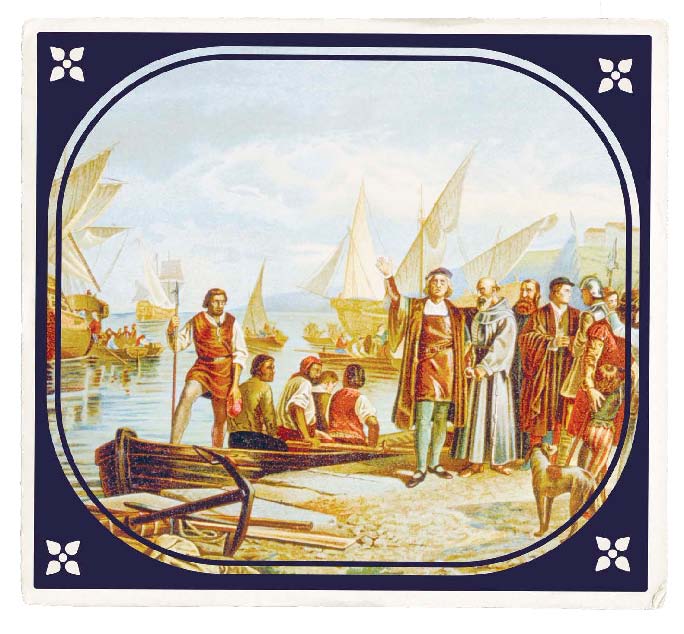
Many of the scientific books that European explorers would have read clearly stated that Earth was a sphere.
VIKINGS AND MONKS
In 1937, President Franklin D. Roosevelt made October 12 a federal holiday called Columbus Day. Since 1971, Columbus Day has been celebrated on the second Monday of October. Some people consider the voyage of Christopher Columbus an important part of the American story. Students learn about him in school. But what do they learn?
Hoping to find a sea route to Asia, Columbus convinced the king and queen of Spain to finance voyages across the Atlantic Ocean. In 1492, Columbus arrived in the Americas, probably in the Bahamas. After that, he mistook Cuba for Japan. Over the course of three more voyages, Columbus landed at various locations in the Americas, including the coast of Venezuela. He never, however, landed in North America.
FERDINAND AND ISABELLA
King Ferdinand II of Aragon and Queen Isabella I of Castile, also known as the Catholic Monarchs, were the rulers who paid for Columbuss voyages. Their marriage was the first step toward unifying the kingdom of Spain. They were interested in expanding the power of the new Spanish Empire, as well as spreading Christianity around the world.

